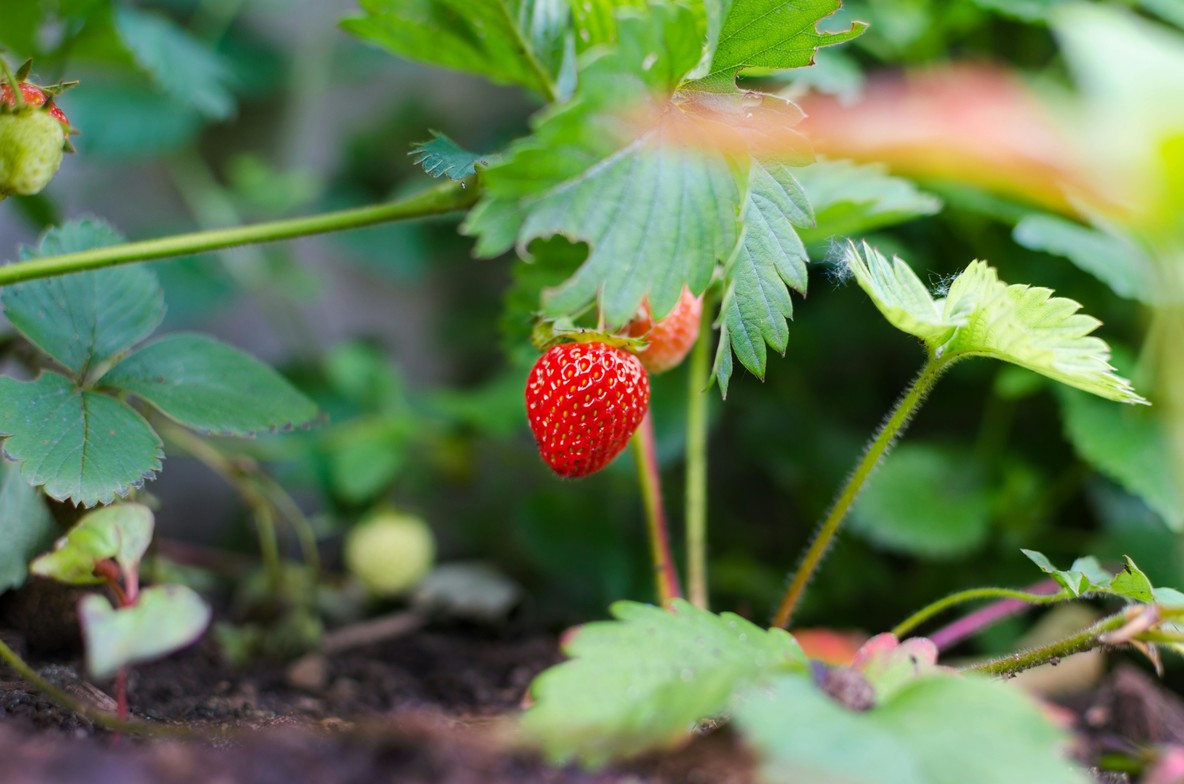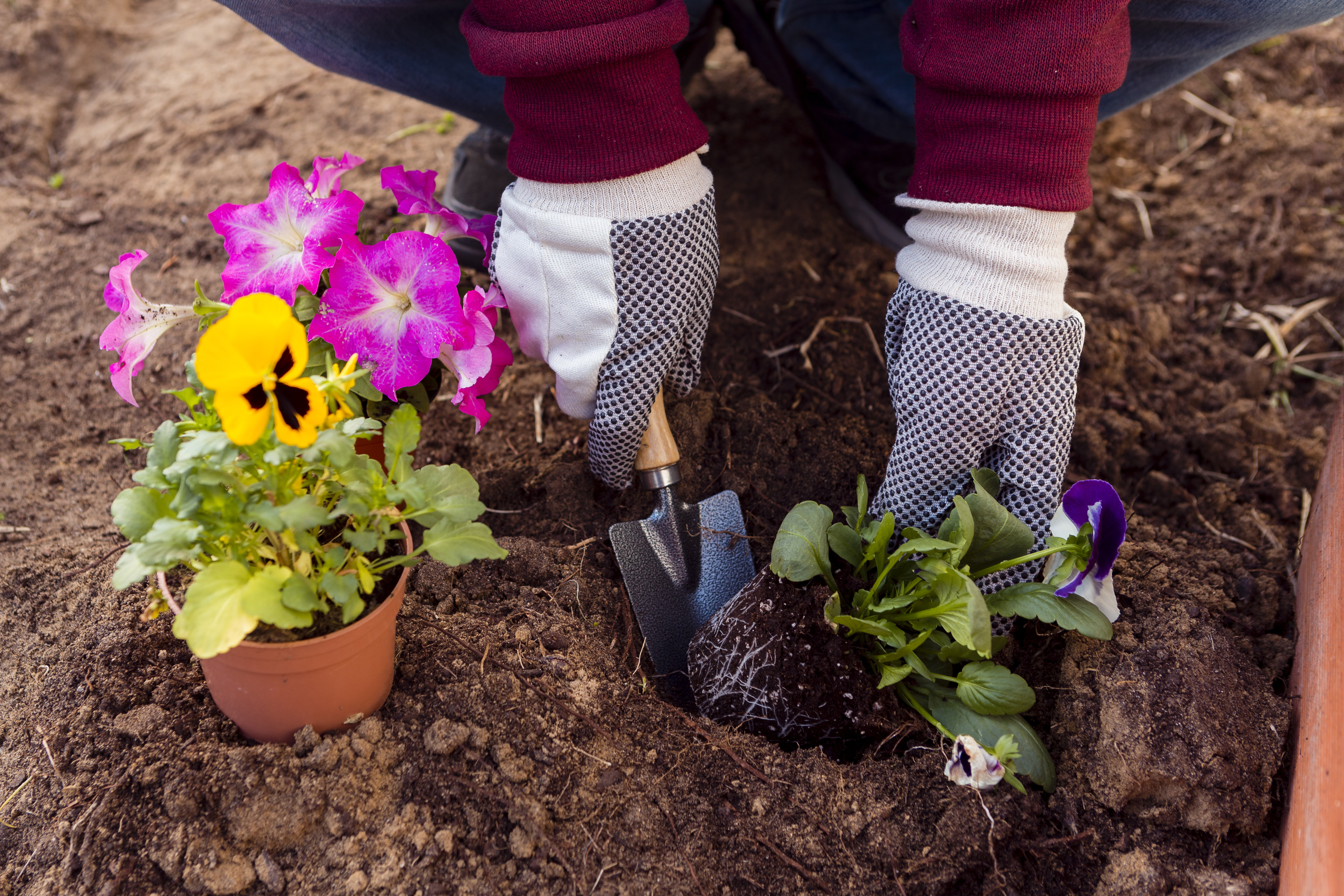
One of my favorite things about spring in the Seacoast is watching this beautiful community come alive again. It has a magical feel to it. After a long winter, there’s nothing better than feeling that first real warmth in the air, waking up to the birds chirping, and seeing flowers bloom all over town. It’s a time of anticipation, renewed energy, and action. Like many of you, I love getting outside to get my hands dirty in my garden as soon as the weather allows.
Gardening is a wonderful way to stay active while connecting with nature. It provides a meaningful form of low impact exercise that works your body through wide ranges of motion. It’s quite effective at reducing stress, improving mood, and helping to maintain your function as you grow older.
But here’s the thing—every spring, I see a wave of patients coming into the clinic with avoidable injuries: low back pain from lifting too much, knee discomfort from hours on the ground, or shoulder strains from repetitive pruning and planting. Gardening is wonderful for the body and mind, but after a quieter winter, it’s easy to overdo it. That’s why I wanted to share some practical tips I use myself to help you stay healthy and pain-free while enjoying your time outdoors.

- Warm Up Before You Get Started:
Just like any physical activity, it’s beneficial to spend some time warming up before you start working in your garden. Take 5–10 minutes to stretch your body, or take a brief walk to increase blood flow and loosen up your joints, before you dive in.
- Use Proper Body Mechanics:
With repetitive movements and heavy lifting, you want to be aware of your body mechanics to reduce your risk of injury. Keep heavier items, like bags of soil, close to your body as you carry them to limit strain to your lower back. When bending and lifting, use your legs to squat down rather than hinging from your waist.
- Switch Tasks Frequently:
Repetitive movements and sustained positions can be problematic. Try to change tasks every 15–20 minutes—for example, alternate between weeding, pruning, and watering to give different muscle groups a break.
- Protect Your Knees and Back:
Use kneeling pads or a gardening bench to reduce pressure on your knees. If kneeling isn't comfortable, try sitting on a stool or using raised garden beds to bring the work closer to your level.
- Stay Hydrated and Take Breaks:
Gardening can be more physically demanding than it seems. Drink water regularly and take frequent breaks—especially on hot days—to avoid fatigue and heat-related issues.
- Give Yourself Time to Adjust to The Demands:
As with any form of exercise you haven’t performed in awhile, you want to ease back into gardening over time. That means avoiding the 12 hour yard work extravaganza to kick off the season. You’ll be much better acclimated to take on a day like this after you’ve had a few weeks to get back into the swing of things.
- Listen to Your Body:
If you feel discomfort, stop and rest. Don’t push through pain—it’s a sign that your body is trying to communicate something to you. If changing tasks, resting, and stretching doesn’t alleviate your pain, then it may be time to call it a day. Your garden will be there for you tomorrow.

Spring is a time of growth—not just for our gardens, but for all of us as individuals. By applying these simple prevention tips, we can enjoy all the benefits of working in the garden with less risk for injury.
If you’ve tried all of these strategies and you’re still having issues doing the things you love, there are certified professionals that can help you develop a plan to get you feeling your best.
If this information resonates with you and you’d like to get in touch with me, schedule a free consultation to get started.
Follow Ebb & Flow Rehabilitation on Facebook and Instagram for more content like this





